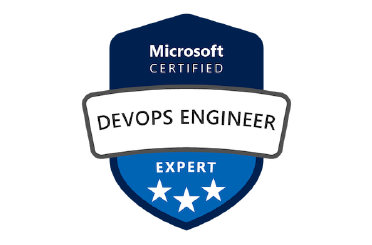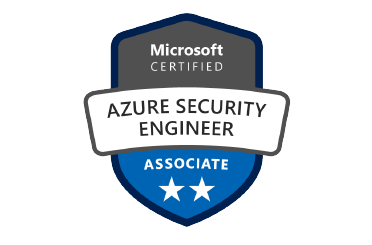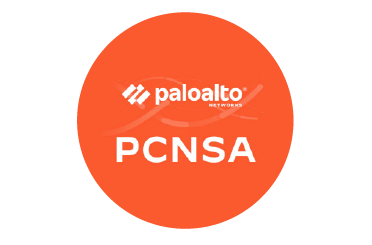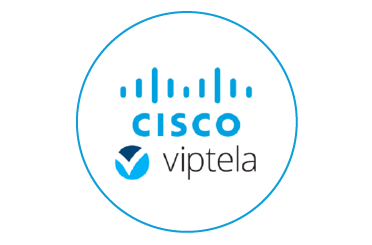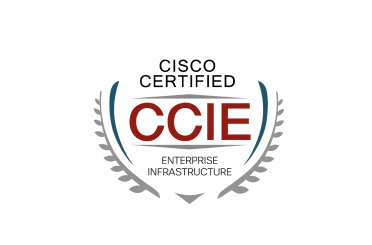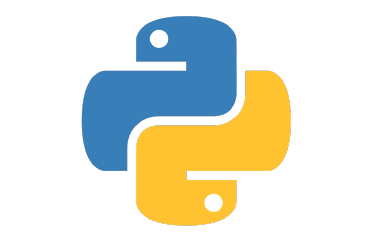
FortiGate Security and Infrastructure (FortiOS 7.2)
FortiGate Security and FortiGate Infrastructure (FortiOS)
The Fortinet NSE 4 - FortiOS 7.2 exam evaluates your knowledge of, and expertise in, FortiGate devices. The exam tests your applied knowledge of FortiGate configuration, operation, and day-to-day administration, and includes operational scenarios, configuration extracts, and troubleshooting captures.
This exam is part of the Fortinet Certified Professional - Network Security certification track. This certification validates your ability to secure networks and applications by deploying, managing, and monitoring Fortinet network security products.
Audience:
The Fortinet NSE 4 - FortiOS 7.2 exam is intended for network and security professionals who are responsible for the configuration and administration of firewall solutions in an enterprise network security infrastructure.
Exam Topics
- Deployment and System Configuration
- Perform initial configuration
- Implement the Fortinet Security Fabric
- Configure log settings and diagnose problems using the logs
- Configure VDOMs to split a FortiGate into multiple virtual devices
- Configure different operation modes for an FGCP HA cluster
- Diagnose resource and connectivity problems
- Firewall and authentication
- Configure firewall policies
- Configure firewall policy NAT and central NAT
- Configure different methods of firewall authentication
- Explain how to deploy and configure FSSO
- Content inspection
- Inspect encrypted traffic using certificates
- Identify FortiGate inspection modes and configure web filtering
- Configure application control to monitor and control network applications
- Configure antivirus scanning modes to neutralize malware threats
- Configure IPS to protect the network from threats and vulnerabilities
- Routing
- Configure and route packets using static and policy-based routes
- VPN
- Configure and implement different SSL VPN modes to provide secure access to your private network
- Implement a meshed or partially redundant IPsec VPN
- Configure ZTNA to provide role-based application access













